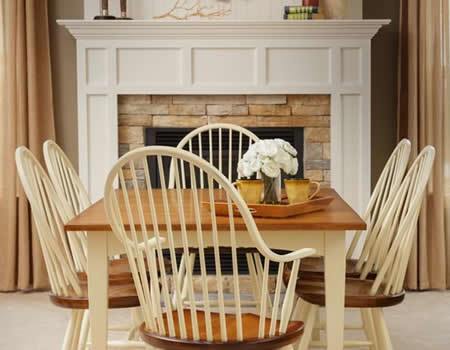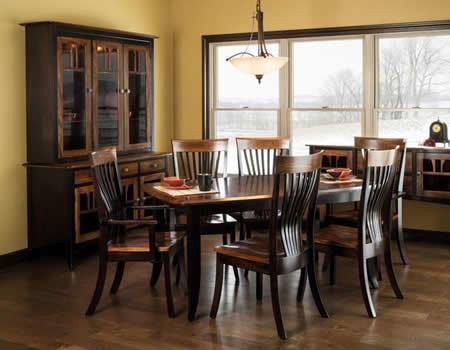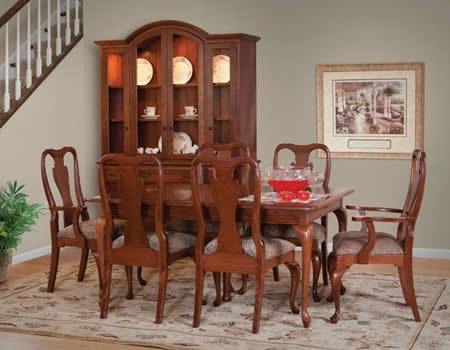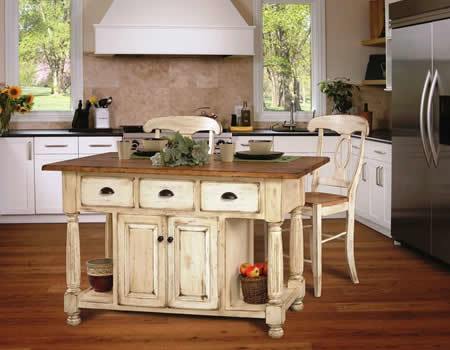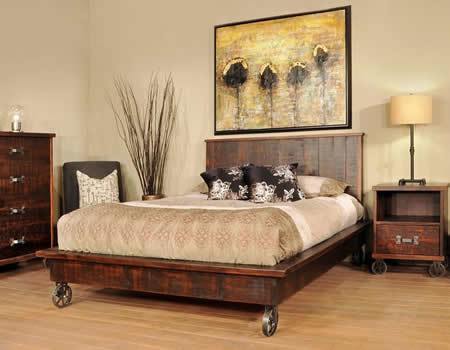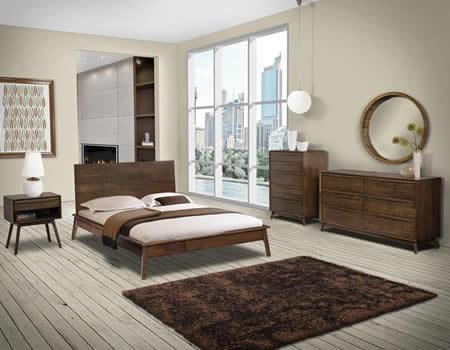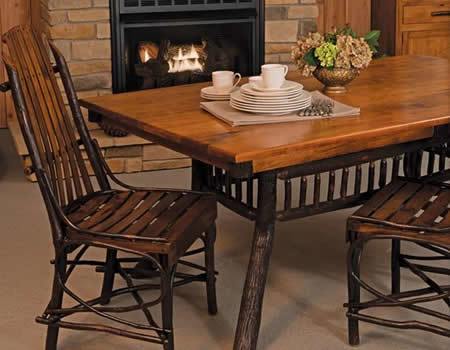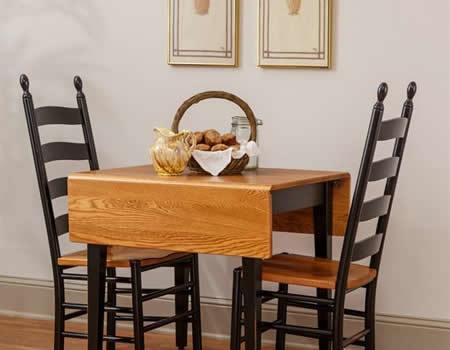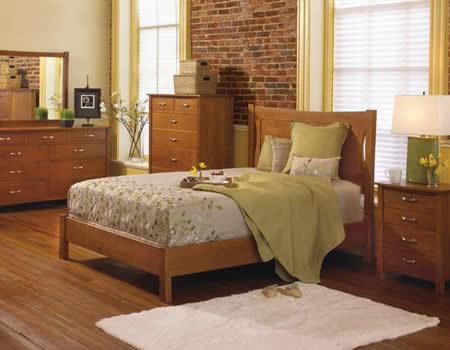Contact our Furniture Specialists
Phone: 941-867-2233
Monday-Saturday: 9 a.m. to 6 p.m. ET
Sunday: 11 a.m. to 7 p.m. ET
Phone: 941-867-2233
Monday-Saturday: 9 a.m. to 6 p.m. ET
Sunday: 11 a.m. to 7 p.m. ET
Mission style furniture has remained popular in the United States since the late 1800s. Here’s a look at the characteristics that make mission furniture popular and the history of how this furniture style came to be.

Mission style furniture keeps it simple with little decoration, highlighting the straight lines and flat panels that accentuate the grain of the wood. Mission style is also known as Craftsman, Arts & Crafts, Frank Lloyd Wright, Mission Morris or Mission Oak furniture.
What does mission furniture look like? It’s solid and substantial, but well proportioned. It has simple, straight lined construction, and there’s very little extra decoration or ornamentation. Mission is a simple, attractive, hardworking style that doesn’t have time for frills.
The character of mission furniture combines function, durability and beauty, keeping it a top choice for solid wood furniture.
The road to mission furniture converged with the Arts and Crafts Movement, and it involved a bit of intrigue. In 1894, a man named AJ Forbes designed a solid wood chair for The Swedenborgian Church in San Francisco. His design was inspired by the Spanish missions in California and the Arts and Crafts Movement that favored simplicity, comfort and function over the frilly and ornate. The chair was a simple design with straight line construction. It was comfortable and durable.
While AJ Forbes designed the mission style chair, he would never benefit financially from it. Joseph McHugh was a furniture maker who copied Forbes design, and by 1901 he was busy promoting a full line of furniture he called “McHugh Mission.” Its simple style would become quite popular.
Gustav Stickley also helped make mission furniture popular in America. He headed the Arts and Crafts Movement that began in Britain in the late 19th century and looked to move away from Victorian style furniture that highlighted excess and ornamentation. Instead, the Arts and Crafts Movement valued fine craftsmanship captured in a simple design with high function and beauty to boot. Stickley became the lead advocate for fine furniture that was strong and simple. Stickley’s publication of the Craftsman featured his work and contributed to the popularity of mission furniture in a big way.

Both mission furniture and Shaker furniture are often described as simple furniture that’s made to be durable and strong and that’s true of both styles. Because of these shared characteristics, mission and Shaker are sometimes referred to as one in the same, when in fact they are two different furniture styles. Shaker furniture was first on the scene in the early 1800s and got its name from Quakers who had an unusual practice during worship, where they engaged in shaking their hands, arms and heads as they worshiped.
While both furniture styles are built to be used every day and favor simplicity, high function and fine craftsmanship, mission furniture is bulkier and sticks to clean vertical and horizontal lines. Shaker furniture offers a somewhat minimalist look with elegant and simple designs. Mission utilizes vertical slats a good part of the time with straight angles. Shaker will often feature subtle curves and graceful, tapered legs. Tapering was popular for Shaker furniture as it contributed to keeping it as light as possible.
Mission style furniture is a great fit for Amish furniture makers who value fine craftsmanship, strength, beauty, function and versatility.


